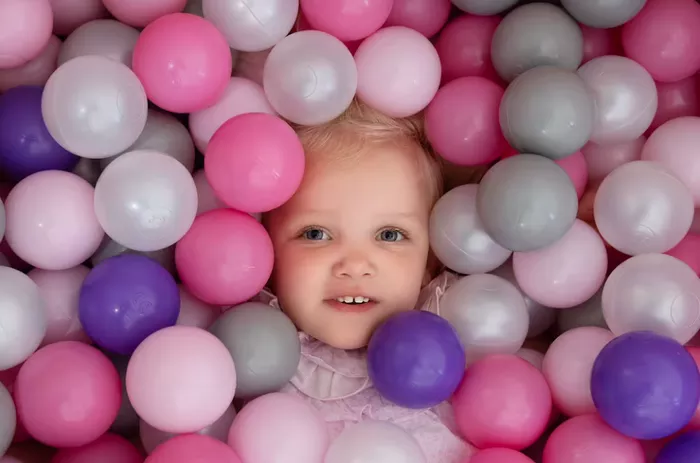Understanding the visual development of newborns is crucial for parents and caregivers. Babies’ vision evolves rapidly in the first few months of life. This article explores when newborns start to see clearly and the milestones in their visual development.
Newborn Vision: What to Expect
At birth, a baby’s vision is quite limited. Newborns can only see a few inches in front of their faces. Their vision is blurry and mostly focused on objects close to them. They can distinguish between light and dark but have trouble seeing detailed shapes or colors.
Newborns are especially sensitive to high-contrast images. They are drawn to bold patterns and faces. This sensitivity is due to the immature state of their visual system. Their eyes and brain are still developing the ability to process visual information.
Developmental Milestones in Vision
The First Few Weeks
In the first few weeks of life, a newborn’s vision improves gradually. Around two to three weeks, they begin to track moving objects with their eyes. They might start to focus on faces and follow them with their gaze. However, their vision is still limited to a distance of about 8 to 12 inches.
During this period, the focus is mainly on high-contrast patterns. Babies are more likely to respond to black-and-white images or bold colors. Their ability to perceive depth and color is still developing.
One to Two Months
By the age of one month, babies can see objects a bit more clearly and from a slightly greater distance. Their eye muscles are getting stronger, allowing for better eye coordination. At this stage, they may start to recognize familiar faces and show interest in their surroundings.
By two months, visual acuity continues to improve. Babies begin to explore more colors and patterns. They can focus on objects up to three feet away. Their vision is still developing, but they can start to track objects more smoothly.
Three to Four Months
At three months, a baby’s vision is more developed. They can focus on and follow objects with greater accuracy. Depth perception starts to improve, allowing them to better judge distances. This is also when babies begin to reach for and grasp objects.
By four months, babies can see a wider range of colors and patterns. Their eye-hand coordination is improving, and they may start to show interest in more complex visual stimuli. They can also recognize and respond to their caregivers’ faces more reliably.
Five to Six Months
By five months, a baby’s vision is significantly better. They can see across the room and focus on distant objects. Their depth perception continues to improve, and they can more accurately judge distances. This is a key time for visual exploration and learning.
At six months, most babies have developed a good sense of color vision. They can see a full range of colors and are more adept at tracking and reaching for objects. Their visual acuity is approaching that of an adult, although it will continue to refine into the toddler years.
See also: When Does a Newborn Open Their Eyes
Factors Affecting Visual Development
Several factors can influence a baby’s visual development. Genetics play a role, as some visual conditions can be inherited. Premature birth can also affect visual development. Premature infants may experience delays in visual milestones and may require additional monitoring.
Environmental factors, such as exposure to visual stimuli, can impact development as well. Providing a variety of visual experiences can support healthy visual growth. Safe and stimulating environments help babies develop their visual skills effectively.
Monitoring Visual Development
Parents and caregivers should monitor their baby’s visual development and consult a pediatrician if there are concerns. Signs of potential issues include:
Difficulty focusing or tracking objects
Persistent eye crossing or wandering
Lack of interest in visual stimuli
Early intervention can address many visual concerns and support optimal development. Regular check-ups with a pediatrician can ensure that any potential issues are identified and managed appropriately.
Conclusion
In summary, newborns begin with limited vision that gradually improves over the first six months of life. Understanding these developmental milestones can help parents support their baby’s visual growth. Regular monitoring and a stimulating environment contribute to healthy visual development.
By being aware of these stages and keeping an eye on your baby’s visual progress, you can ensure they reach their full visual potential.


